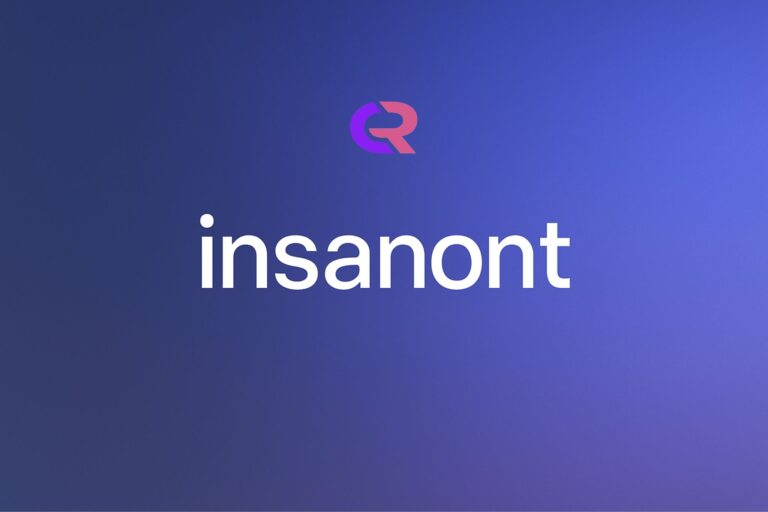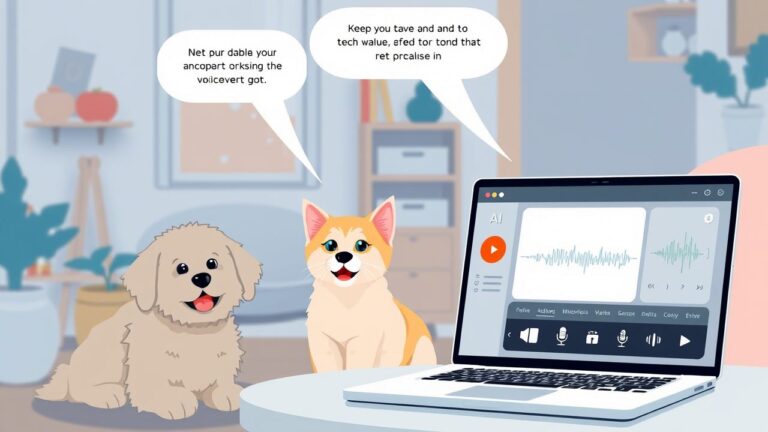How to Create Talking Avatar Videos Using AI: Step-by-Step Guide
Creating engaging video content no longer requires expensive cameras, professional actors, or complex editing. Artificial intelligence has changed the way creators tell stories online, and one of its most fascinating applications is talking avatars. If you’ve been searching for how to create talking avatar videos using AI, this guide will walk you through the entire process, from choosing the right platform to publishing videos that resonate with audiences.
Why Talking Avatar Videos Are Gaining Popularity
Audiences prefer interactive, relatable, and visually dynamic content. A talking avatar adds a human-like presence without requiring the creator to appear on camera. This approach benefits brands, educators, marketers, and solo creators who want to save time while still building trust. Talking avatars break language barriers, simplify storytelling, and create fresh opportunities for global reach.
The Technology Behind AI-Powered Avatars
Talking avatars are generated by combining natural language processing, text-to-speech, and facial animation technology. AI tools analyze written scripts and sync them with lip movements, facial expressions, and even hand gestures. High-end platforms offer customizable avatars that mimic realistic voices and emotions, while lighter tools allow quick conversions for social media content.
This combination of technology ensures avatars feel authentic, bridging the gap between static content and real-time human interaction.
How to Create Talking Avatar Videos Using AI
The process is straightforward if you use the right tools. Start by writing a script that conveys your message clearly. Then choose an AI platform that allows avatar creation. These platforms usually let you design or select an avatar, upload your script, and automatically generate synchronized speech with animations. The result is a polished video that feels like it was professionally produced.
Each tool varies in customization, so consider whether you want lifelike avatars, cartoon-style characters, or multilingual voice support. Once generated, you can edit, brand, and share the video directly on platforms like YouTube, LinkedIn, or Instagram.
Choosing the Right AI Tool
The choice of platform determines the quality of your video. Some tools focus on hyper-realistic avatars with advanced emotion mapping, while others prioritize ease of use for quick content creation. Look for features such as voice cloning, lip-sync accuracy, customizable backgrounds, and the ability to export videos in multiple formats.
When evaluating, ask: Does the platform support your language? Can the avatar represent your brand identity? Does it integrate with your existing content workflow? These answers will help you select a tool that fits your creative vision.
Practical Applications of Talking Avatar Videos
Creators are already using AI avatars in diverse industries. Educators design lessons with animated teachers who explain concepts to students. Businesses create onboarding videos with branded avatars instead of hiring presenters. Influencers use them to keep content flowing without filming themselves daily.
Marketers also leverage avatars for personalized video campaigns where the avatar directly addresses customers by name or discusses tailored offers. This combination of automation and personalization transforms how businesses connect with audiences.
Overcoming Common Challenges
While powerful, avatar videos do come with limitations. Not all voices sound fully natural, especially in free versions of tools. Some avatars may lack the depth of emotion needed for sensitive storytelling. However, improvements are happening rapidly, and premium tools already achieve near-human quality.
Creators must also consider the ethical side of using avatars. Transparency matters—audiences should know when they’re interacting with AI-generated characters rather than real people. Balancing innovation with honesty ensures trust remains intact.
The Impact of AI Avatars on Content Creation
The ability to generate videos quickly means creators can experiment more often without worrying about production costs. Campaigns that once required teams of videographers can now be executed by one person with the right AI platform. This levels the playing field for small businesses and independent voices, giving them the same reach as large corporations.
Talking avatar videos are also reshaping how content is consumed. Viewers are more likely to watch a video with an expressive avatar than read through a long block of text. This makes information more digestible and engaging.
Scaling Content with AI-Generated Avatars
Once you master how to create talking avatar videos using AI, scaling your content strategy becomes easier. Instead of spending hours recording and editing, you can generate multiple videos in different styles and languages within a short time. This is particularly valuable for international businesses aiming to localize their messaging.
With the right planning, a single script can be transformed into dozens of video variations, each customized for a specific audience segment. This multiplies reach without multiplying effort.
Final Thoughts
Learning how to create talking avatar videos using AI gives creators, educators, and businesses a significant advantage. The technology saves time, reduces costs, and enhances storytelling by combining human-like presence with digital scalability. As AI platforms continue improving, talking avatars will become a mainstream tool for anyone who wants to communicate with clarity, creativity, and impact.






